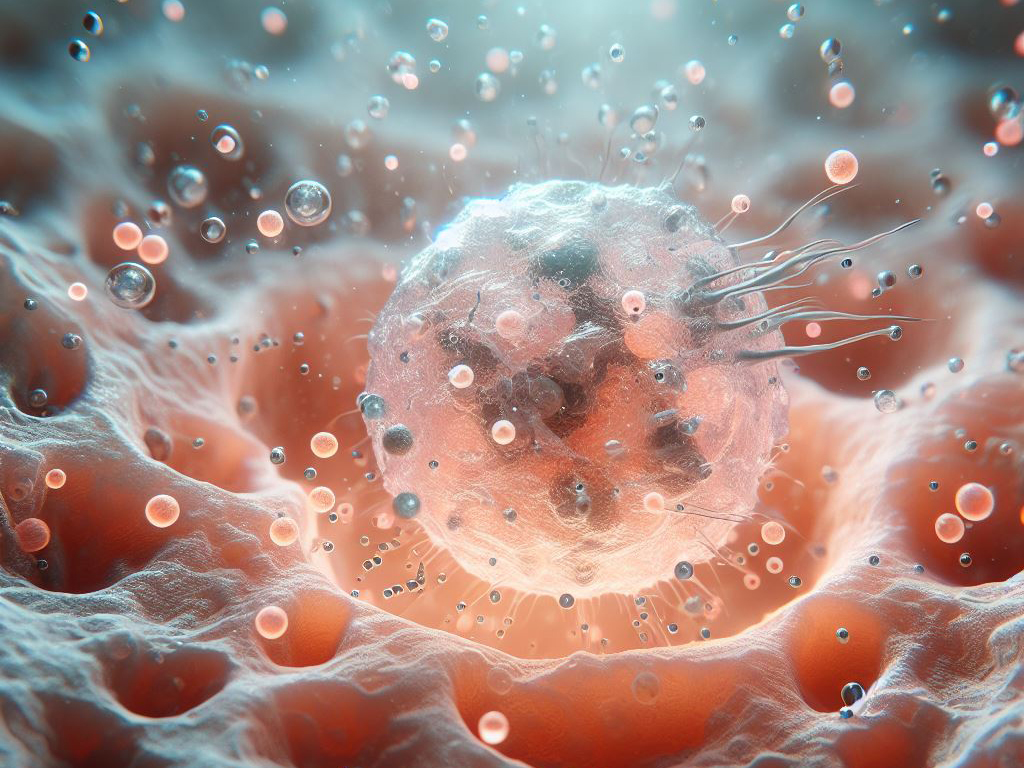A glimpse into our research
Our group develops multi-scale computational models to address challenges in stem cell research, ageing, and disease modelling. The models integrate different types of biological information to generate predictions to guide experimental and clinical researchers in the design of novel regenerative medicine therapies, tissue rejuvenation strategies and new therapeutic interventions.

